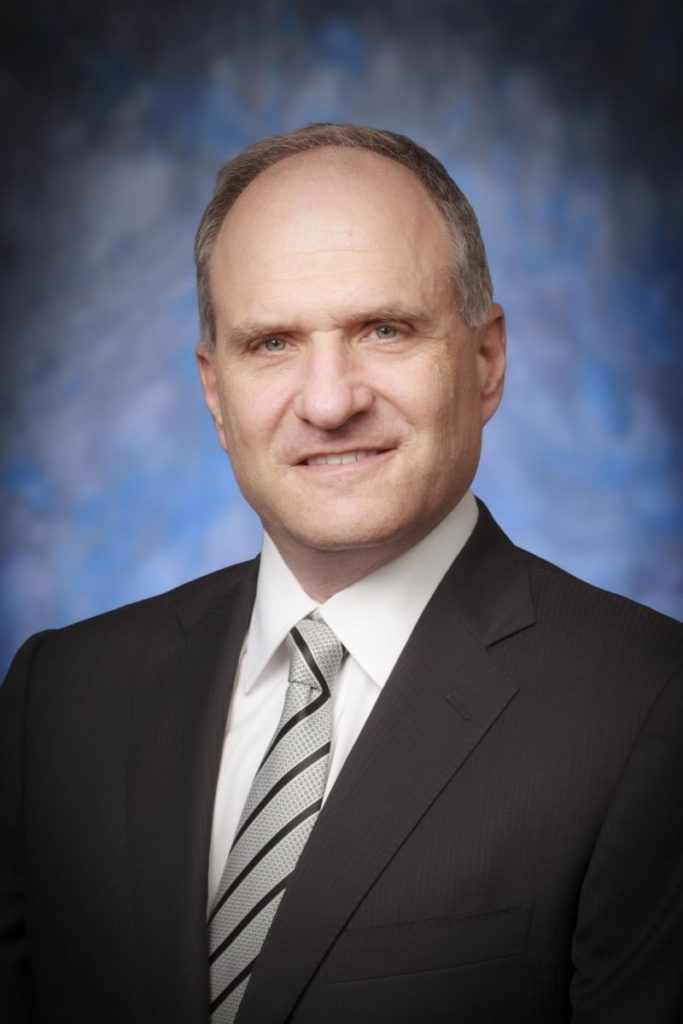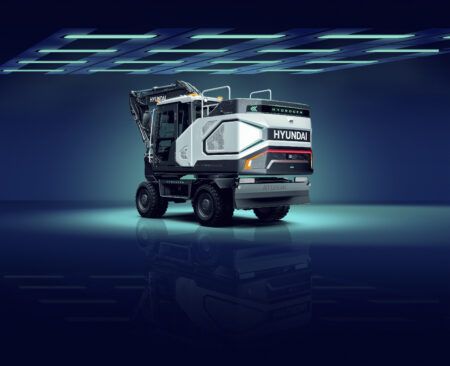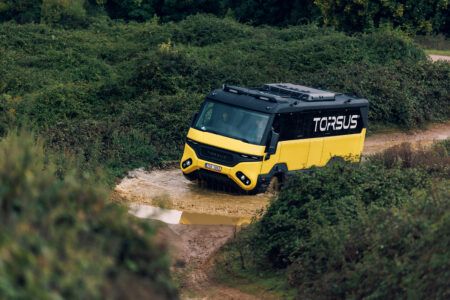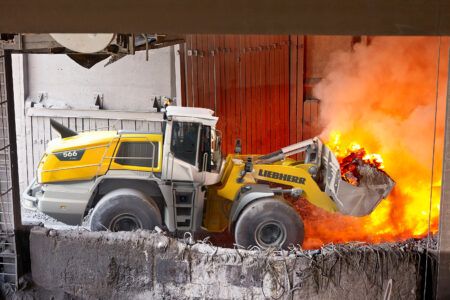Last weekend (Saturday, September 16) The Wall Street Journal reported that the Trump administration might have been having a change of heart and was considering staying in the Paris climate agreement, despite earlier assertions that it would pull out. However, the White House moved quickly to quash such reports, issuing a statement the following Monday by the government’s chief economic adviser Gary Cohn that read, “We are withdrawing from the Paris Agreement unless we can re-engage on terms more favorable to the United States.”
However, not only is the US administration thought to be pulling out of the Paris Agreement, but in August, in a notice on the federal register, the Environmental Protection Agency and the Transportation Department announced they were considering rewriting standards that Barack Obama put in place to address harmful engine emissions. What affect will the US government’s attitude have on the industrial vehicle industry?
James Gordon caught up with George Constand, chief technical officer at Dana Incorporated, a provider of high technology driveline, sealing and thermal-management products, to discuss its R&D plans and the implications of the USA’s potential withdrawal, or not, from the Paris climate agreement.
How would withdrawing from the Paris Agreement affect R&D for diesel-powered off-highway vehicles?
From Dana’s perspective as a Tier One supplier, new policies from the US administration will not impact our research and development programs.
Dana is a global company, and emissions regulations are advancing globally at the national, regional, and local city/municipality levels. We are seeing a growing number of cities and municipalities taking a more active role in enacting regulations to reduce carbon dioxide, NOx, and other emissions from light vehicles, commercial vehicles and off-highway equipment.
Additionally, fuel costs continue to comprise a large portion of equipment-owning costs, and while fuel prices have remained level over the past several years, there is always the potential for fuel costs to rise.
While there may be less regulatory pressure in certain regions to reduce emissions and improve fuel efficiency, there is still a strong economic case for owners of the equipment to reduce emissions and fuel consumption.
To what extent will Dana, a global supplier, put any R&D for the US market on hold for the next three and half years or so?
We will not change our emphasis on research and development, nor will we change the direction of our research and development based on announced changes in policy. Innovation is core to our enterprise strategy and culture at Dana, which is why we have increased our annual engineering spend in each of the past seven years.
We will continue to invest in our industry-leading drivetrain, sealing and thermal management technologies, to improve the efficiency and performance of vehicles and equipment powered by internal combustion and diesel engines, while we develop technologies to support the growing trend toward hybrid and electric vehicles.
What trends, developments, and new technologies and equipment are we likely to see in the next five and 10 years? And how will they affect the industry positively?
We are seeing growing interest in technologies that enable smart, connected vehicles to improve safety, connectivity and productivity. This includes the collection of vehicle performance data and the analysis of this data to improve performance within the vehicle, between vehicles, and from the vehicle to the cloud.
While connected vehicle technologies are typically associated with autonomous vehicle operation, we expect that many non-autonomous vehicles will take advantage of these innovations, and the intelligence that can be derived from capturing, integrating and analyzing data, to improve performance.
At Dana, we are actively developing a wide selection of leading-edge technologies to transform passive drivetrain components into intelligent, powerful systems for boosting performance across a range of vehicle markets.
In the off-highway market, Spicer Smart Suite technology has been developed as a platform of fully integrated, connected vehicle features that converts operating data from the drivetrain to enhance productivity, improve operator and machine safety, and reduce total operating costs. This integrated system collects, manages, analyzes, communicates and acts on data sourced from the drivetrain, including load monitoring, condition monitoring, torque management, and speed and steering sensing.
This technology provides useful information to end users and fleet management centers, allowing critical alerts and analysis to be shared on vehicle central display panels and via tablets. It is also designed to take data and analysis a step further by performing key functions independent of operator intervention.
We are also devoting considerable research and development resources to electrification and hybridization technologies. We are currently developing and commercializing a number of applications for the automotive, commercial-vehicle and off-highway markets, including the material-handling market.
We are also exploring opportunities to develop technologies that recuperate previously wasted energy through regenerative braking, thermal management and other systems, as well as innovations that deliver improved mobility and performance through advanced controls and mechatronics.
By James Gordon





